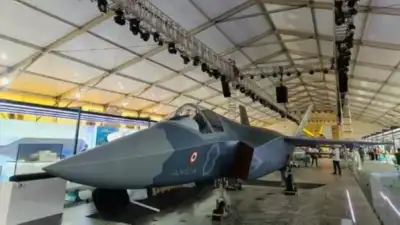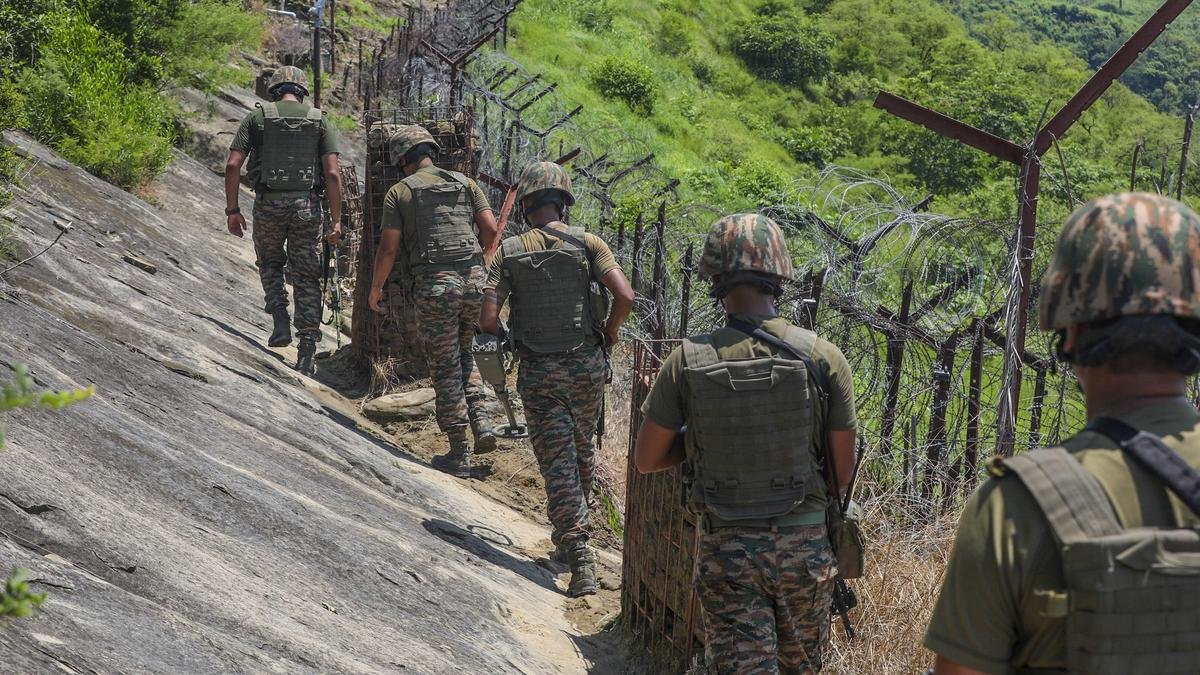Photo Credit: Times of India
In a significant step towards self-reliance in defense manufacturing, India has officially cleared the much-anticipated Advanced Medium Combat Aircraft (AMCA) project – a fifth-generation stealth fighter jet that will place India in an elite club of nations with such advanced air capabilities.
The decision, announced amid growing concerns over China’s military assertiveness and its arms support to Pakistan, signals India’s intent to bolster its national security and technological independence. The AMCA will be India’s first homegrown stealth fighter, designed to feature low radar observability, supercruise capability, internal weapons bays, and advanced sensor fusion technologies.
Why This Jet Matters
Unlike the current fourth-generation fleet, the AMCA is being designed for deep strike missions, electronic warfare, and air superiority, putting it on par with global fifth-gen fighters like the American F-35 and Chinese J-20.
Developed by the Aeronautical Development Agency (ADA) and Hindustan Aeronautics Limited (HAL), the jet is expected to roll out its first prototype by 2028, with induction into the Indian Air Force (IAF) likely around 2035.
The timing is strategic – not only does it match India’s growing security needs, but it also sends a strong message to adversaries in the region.
A Made-in-India Milestone
This ambitious defense project aligns with India’s ‘Atmanirbhar Bharat’ (self-reliant India) vision. The AMCA project is expected to fuel the domestic aerospace ecosystem, generate thousands of jobs, and reduce reliance on foreign military suppliers. Notably, only a few countries – the US, Russia, and China – have successfully developed fifth-gen fighters. India now joins that rare league.
Defense analysts view this move as a technological leap forward. The aircraft will not just be a machine of war but a symbol of India’s rising defense innovation, strategic foresight, and industrial capability.
What’s Next?
The greenlighting of the AMCA also sets the stage for collaborations between the government, private players, and global defense tech leaders. This collaboration could open avenues for joint development, foreign investment, and future exports – potentially positioning India as a defense exporter of next-gen technology.
With China ramping up its regional muscle and Pakistan receiving military support from Beijing, India’s decision is both timely and tactical. As the region’s geopolitical landscape evolves, India is making it clear: it’s ready to lead with brains, brawn, and indigenous technology.




